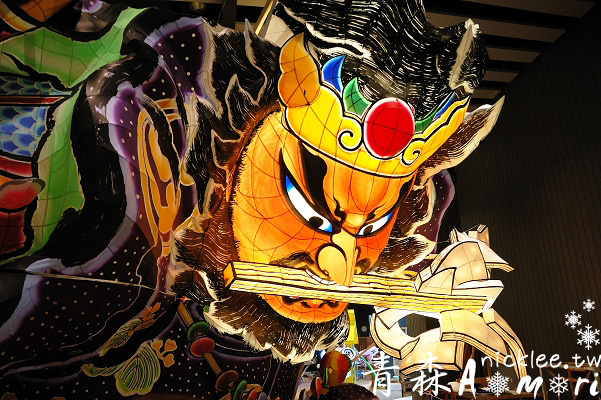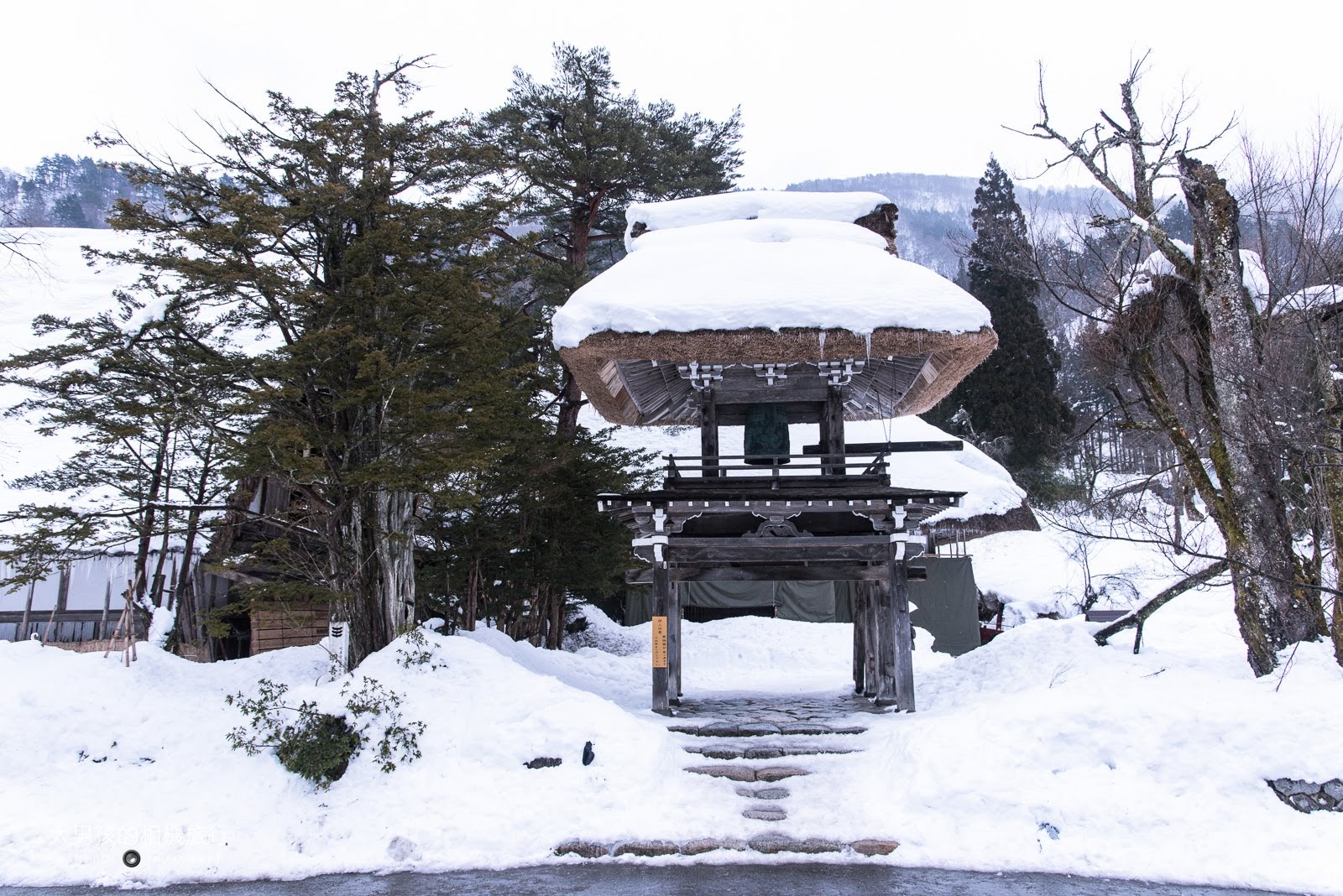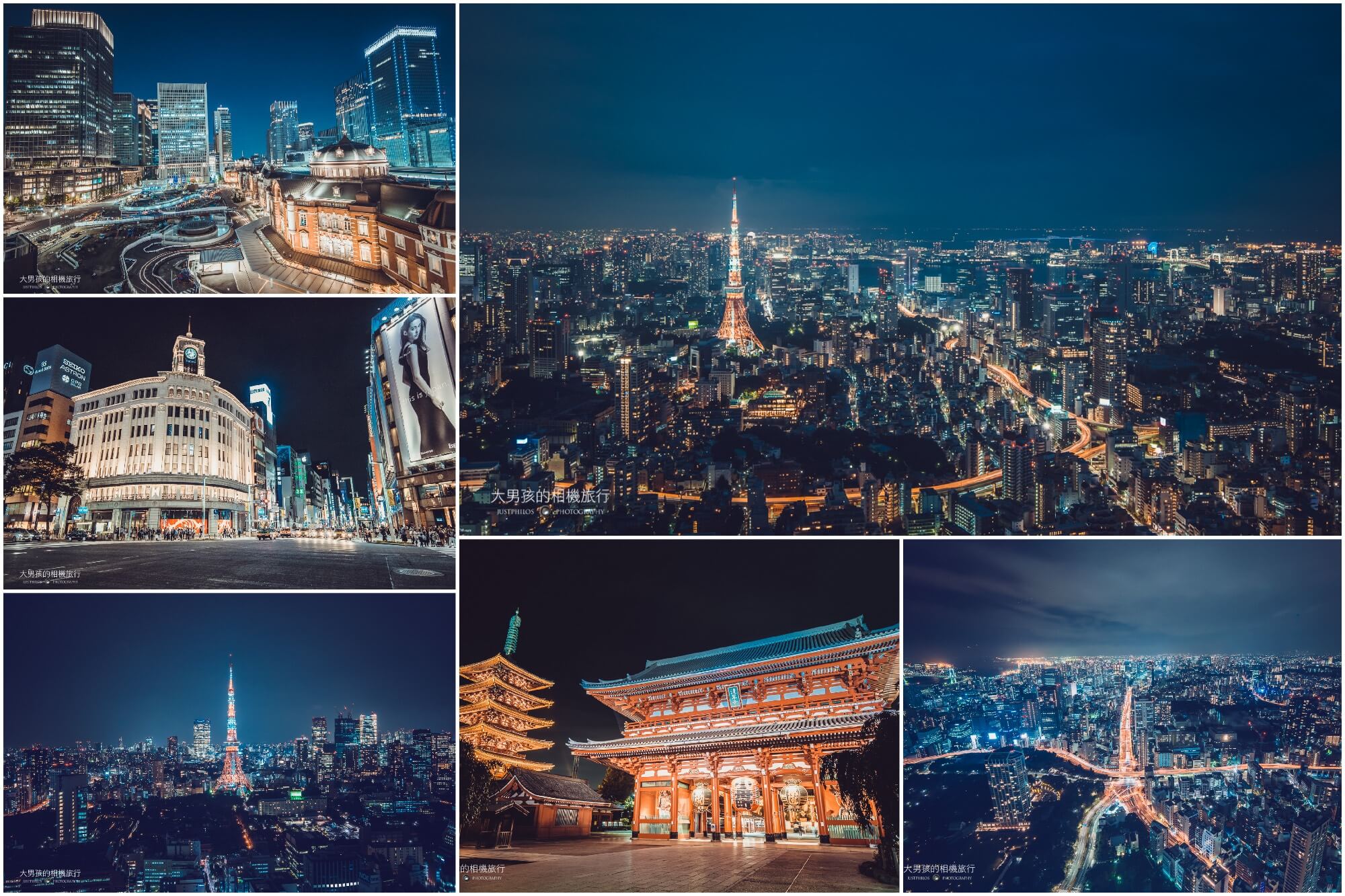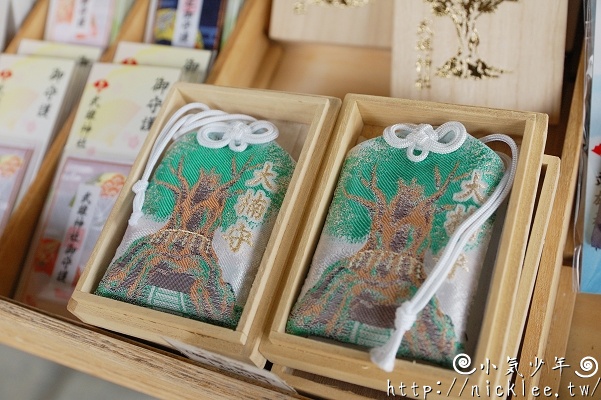The first time someone sees the name “Tachineputa” (Japanese: 立佞武多) they might have the same thought as me: What is this?
Do you remember the previous article I wrote about “Nebuta” (Japanese: ねぶた)?
Well, “佞武多” is simply the Chinese characters for “ねぶた”.
Each region has its own unique characteristics for their “Nebuta”, and the special feature of the “Nebuta” in Goshogawara is that they are all standing figures… So each one is particularly tall.
If you want to see “Tachineputa” outside of the festival period, you have to go to the “Tachineputa no Yakata” (Tachineputa Museum) to see it!

As soon as I entered, I immediately saw this giant….
And it’s clear that he’s glaring at me~ Seriously, he’s really glaring at me!!
It is said that the popularity of the Tachineputa started around the mid-Meiji era…
Initially, each statue was about 21 meters tall, but later, due to electrification, the height of the floats was reduced to 4-5 meters.
However, in 1996, the locals started restoring the height of the floats to around 20 meters.
Since then, it has been maintained at this height (approximately 22 meters).

In the year 1979, a painting created by a 5th-grade student from a certain elementary school depicted their favorite Tachineputa…

In this museum, you can see three large statues of Tachineputa.
Underneath each float, there is a writing that says “Unkan”, which means “Milky Way” in Japanese…
Why write “Unkan”? It is said that the origin of the Tachineputa festival is Qixi…
So… that’s the story XD

One of the characteristics of Tachineputa is that there are dynamic portraits on the top (or front) and static portraits on the bottom (or back).

There are 3 black bears above, 8 guns pointing at the mountain in the middle, and 2 fish below…
Is this a game of guessing the cards?

Due to the tradition in Goshogawara, a new float is created every year.
Therefore, inside the Tachineputa Museum, they display the three most recent floats.
This is the 2009 float, with the theme: “Mugenhaja”.
It is said that the concept was inspired by Zhong Kui, the demon queller.



This is 2010: Mataoni, the hunter in Aomori Prefecture.
This story is about a hunter hunting in the Shirakami-Sanchi.
However, because he shot a bear, he let go of another prey: the rabbit at his feet.

When it comes to Tachineputa, you can not only view it from the ground, but also take an elevator up to get a closer look.


This is a bear carried on the back of the Mataoni.

It can be seen that this float is made up of several parts and is not completed all at once.

Actually, behind the Mataoni, there are many paintings.
It seems like this is the Mataoni’s wife.

Little bear, because the mother bear was captured by hunters, only the little bear is left.

I have no idea.

In addition to watching the float up close, you can also find information about the historical Tachineputa float on the wall.

Here is an introduction to the Nebuta Festival in various parts of Aomori.

This is the Hirosaki Nebuta, which is different from the “long” in Aomori City and the “tall” in Goshogawara City, but is unique in its “fan-shaped” design.

This is Aomori City’s.

Goshogawara’s

Photo of the Tachineputa Festival in the 10th year of the Heisei era.



This is the theme for 2011: Yoshitsune Legend – Ryoma Crossing.

Let’s take a closer look at this Zhong Kui.
If you examine each mountain bike carefully, you will notice that the characters on each bike are staring at us.
This is because during the design process, it was taken into consideration that people generally look up from below.
Therefore, the eyes of these characters were intentionally made to look downward…

Also Mataoni.

Actually, there is another place worth visiting in the Tachineputa Museum, which is the place where the Tachineputa float was made that year.
Due to the fact that this year’s design (Heisei 24) has already been completed, but the museum has informed us not to reveal too much to online friends, hoping that everyone can personally visit.
Therefore, I have to blur it out.

But seeing it and not sharing it, I feel really sad~
So I’ll just post a partial view…


The statues of Tachineputa are all hand-painted, tied, and glued by the staff.
It is said that if tourists happen to encounter them during the painting process, they can also participate in painting a small part…

Finally, let me mention the local specialty that I originally wanted to buy here, but I found it too heavy, so I didn’t buy it.
It’s the red apple juice…
This red apple is not like ordinary ones with red skin, but even the flesh is red!
It’s the first time I’ve heard of it.
Unfortunately, they only sell juice on-site, not apples.
Otherwise, I would have loved to buy one and give it a try.

Above is the simple process of visiting the Tachineputa Museum.
For more information on transportation, attractions, food, and accommodation in Aomori, please refer to the Tohoku Page.
Tachineputa (official website)
Ticket: ¥650
Opening hours: 9:00~17:00 (extended to 19:00 from April to September)
Transportation: Approximately 8 minutes on foot from JR Gono Line “Goshogawara” Station
Address: 21-1 Omachi, Goshogawara City, Aomori Prefecture
Map:
『Original Source:https://nicklee.tw/1199/』





